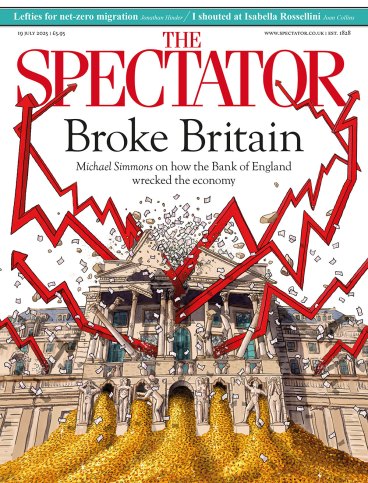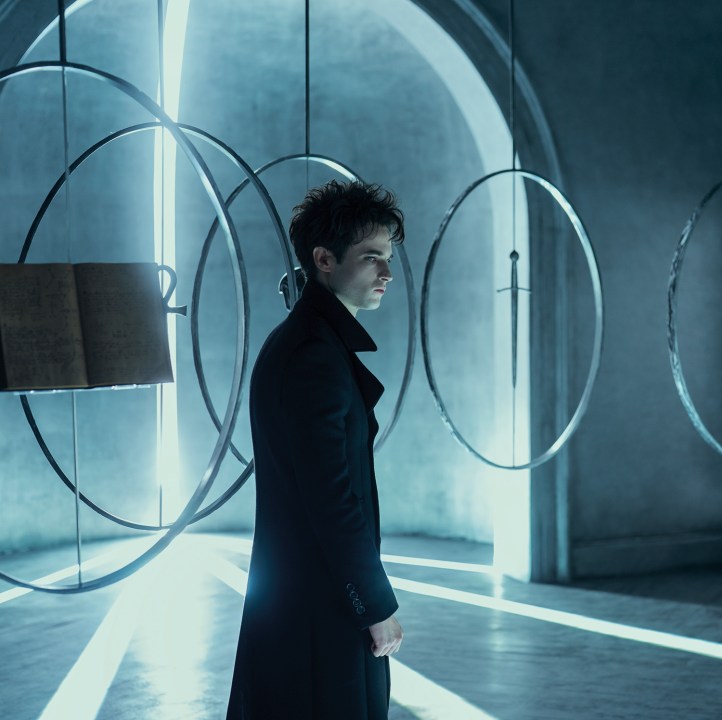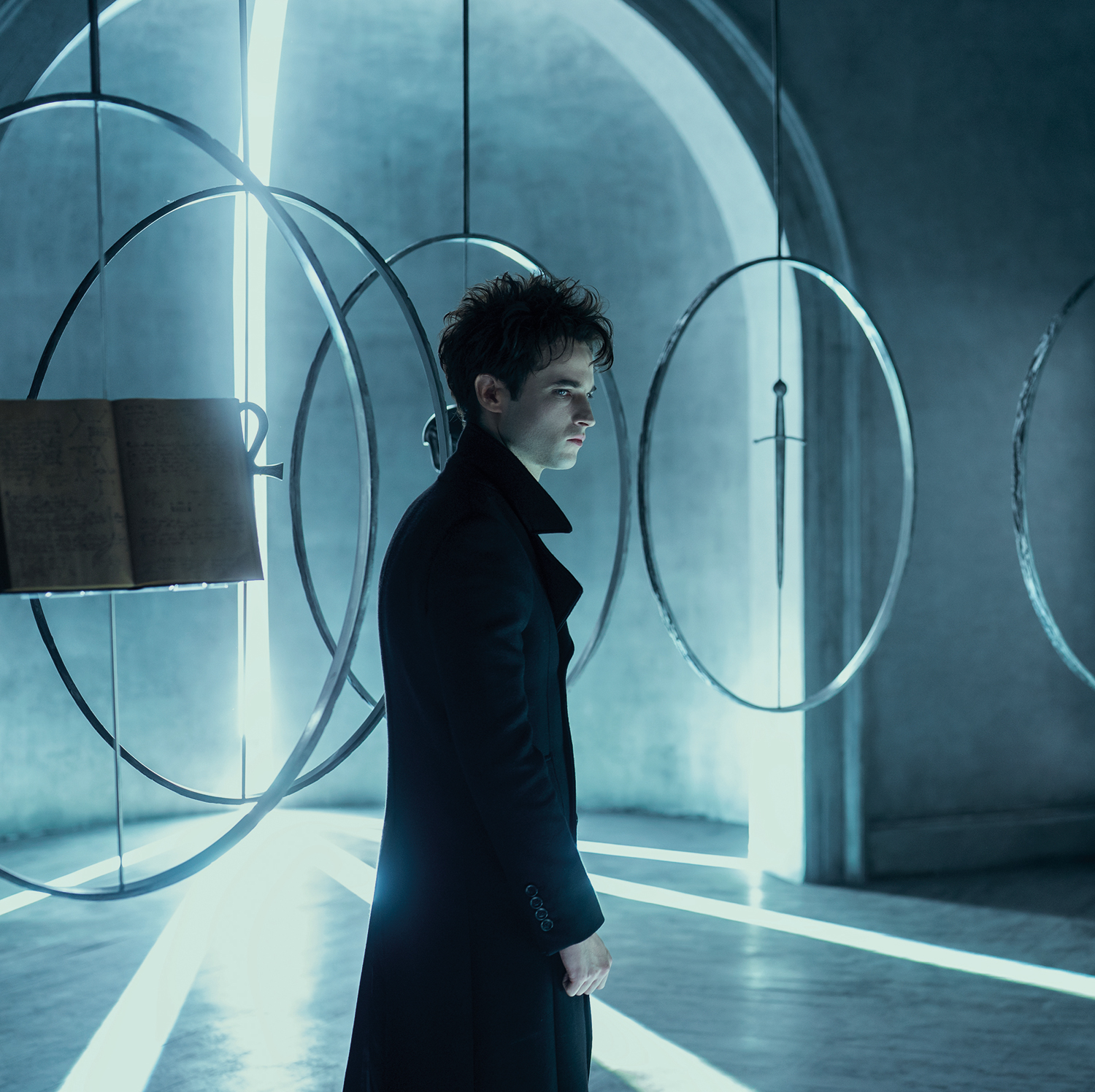
One of the great things about getting older is no longer feeling under any obligation to try to like stuff you were doomed never to like. Steely Dan, Dickens, Stravinsky, Henry James, George Eliot, Wagner, the Grateful Dead, Robin Williams, the collected films of Wes Anderson and Tim Burton, Graham Greene, the Clash, The Young Ones, Seinfeld, Emily Dickinson – obviously I could go on. I don’t like them; I never did like them; but the difference between then and now is that now I know I’m right, whereas then I thought it might be a personal deficiency.
Also fairly high on my ‘No’ list would be superhero comics, superhero movies and late-1980s graphic novels, including the excessively fawned-upon Watchmen. This was in the period of my life when I was trying to eke out my last flush of youth by growing my hair long, wearing black DM boots, dropping LSD and going to indie gigs (while trying to hold down a job at the Telegraph). If you did those things, it was sort of taken for granted that you were also into contemporaneous literature like Tank Girl (a comic about a skinny girl with a stupid haircut and a tank who had sex with kangaroos, or something) and the Sandman comic book series of Neil Gaiman. But I wasn’t.
Today I feel vindicated, especially in the case of Gaiman, who looks in serious danger of being cancelled (at least by studios such as Netflix, which has put all future adaptations on hold) as a result of sexual abuse allegations levelled against him by at least eight women (which he denies). Normally, I wouldn’t drag up such tittle-tattle but here I think it’s highly germane to the charge I’m about to level against Gaiman, which is this: his excruciatingly woke-avant-la-lettre writings helped to generate the cultural climate that is now devouring him.
To understand what I mean, try – I dare you – sitting through an episode of the latest season of The Sandman. If you last more than ten minutes, I shall be very surprised. My immediate family don’t tend to agree on much, TV-wise (or anything-else-wise) these days, but the four of us were unanimous: this was turgid, vacuous, grindingly portentous, achingly dull drama of a standard so abysmally low it was almost cherishable.
Think of all the things you most hate about the modern world. If you’re a cantankerous, reactionary old fart like me, it will definitely include models who’ve been chosen not because they’re pretty but because they’re fat and/or ugly (something which we must learn to find attractive); actors who’ve been cast because they have the right skin colour rather than because they can act; and the whole general culture of rainbow flags, blue hair, indeterminability of gender, massive fragility, weaponised solipsism and the desperate need to find offence that has gripped the perfervid imaginations of (at least some of) the youth.
Well, I blame Neil Gaiman for this. Not totally, for I’m sure there are many other offenders we could truffle out. But if you’re in any doubt that he’s at least partly responsible, simply look at the casting, tone and aura of The Sandman. It’s diversity, anti-lookist, trans, gay – you name it – central. Which you could forgive, just about, possibly, if the politically correct homily to which you were being treated was leavened by an element of humour, or sparkling dialogue, or plot. But it’s not. It’s merely a bunch of mopey goth types in an over-elaborate computer-generated fantasy landscape striking attitudes, declaiming cod pieties and being generally inert and miserable.
I’m not even going to try to describe the plot for you because it barely exists. Essentially, the protagonist, called Dream (Tom Sturridge), is in charge of the world we all go to when we’re asleep and where pretty much anything can happen. Into which nebulous space Gaiman has shoehorned every mythical or supernatural figure you’ve ever heard of, from Death (who is black and female, obviously) and Lucifer (Gwendoline Christie, as in the big knight woman from Game of Thrones) to Thor – together with some annoying characters of his own invention, including Desire, Delirium and Despair, a talking dog and a foul-mouthed pumpkin-headed scarecrow.
Where, though, is the actual artistry at work here? When, for example, we see Lucifer – who is in charge of Hell – deciding that she no longer wants the job and so gets Dream to cut her wings off so she can go and do something else, what exactly is this telling us about anything which matters, other than that Gaiman has decided to drive a coach and horses through millennia’s worth of religious tradition and just make a famous supernatural character do something weird and unexpected and kind of whimsical and cute?
This is my beef with Gaiman: not that he is – possibly – a bit of a perv, but that he is a second-rate literary talent whose fame and prosperity derive not from his creative genius, but rather from pushing the woke agenda that the comic book industry found congenial to push. Now the revolution has eaten one of its own, as revolutions always do. Good riddance.









Comments